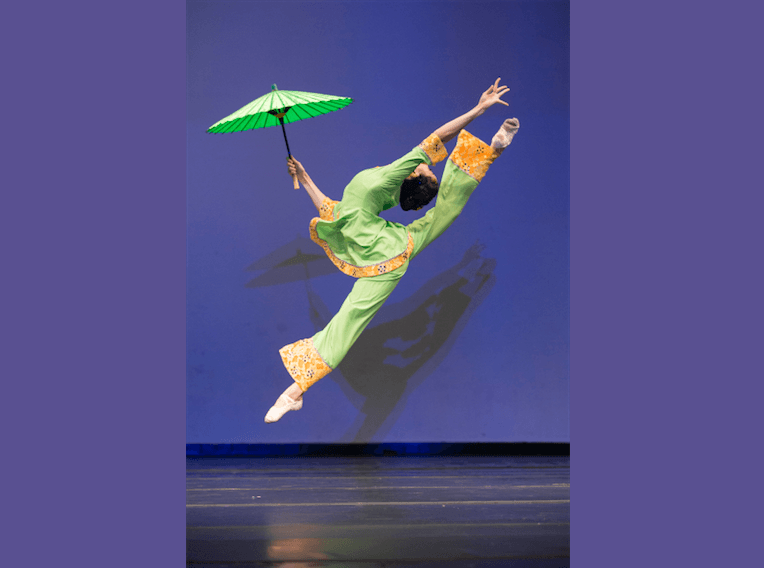[youtube]FcfWsj9OnsI[/youtube] Northern Lights: Research has shown that the Aurora Borealis is at its lowest period of activity for the last 100 years. (Video: Youtube/National Geographic)The Northern Lights are at their lowest period of activity for the last 100 years, according to a Finnish Meteorological Institute study released on Tuesday.
The colourful light display, also known as the Aurora Borealis, is caused by photons emitted when solar winds hit the Earth’s atmosphere, and usually appears in the night sky.
The Northern Lights tend to follow an 11-year “solar cycle”, with the last solar minimum in 2008. But scientists have observed that solar activity and hence the appearance of the phenomenon remain at a minimum.
Researcher Noora Partamies said the solar minimum seems to be continuing, according to AFP.
“Only in the past half a year have we seen more activity, but we don’t really know whether we’re coming out of this minimum,” she said.
“We’re waiting to see what happens, is the next maximum going to be on time, is it going to be late, is it going to be huge?”
The phenomenon occurs mostly around the magnetic poles of the Earth. On the coast of northern Norway, the Northern Lights can be seen almost daily in the summer when the sky is clear.
Another article published by the Finnish Meteorological Institute states the solar maximum was originally expected to arrive in 2011-2012.
Accurate long-term statistical predictions for the Aurora Borealis’ appearance are generally difficult to achieve. However, real-time predictions, based on monitoring space-weather, are usually good for 2-3 days, although a specific time cannot be told.
The colourful light display, also known as the Aurora Borealis, is caused by photons emitted when solar winds hit the Earth’s atmosphere, and usually appears in the night sky.
The Northern Lights tend to follow an 11-year “solar cycle”, with the last solar minimum in 2008. But scientists have observed that solar activity and hence the appearance of the phenomenon remain at a minimum.
Researcher Noora Partamies said the solar minimum seems to be continuing, according to AFP.
“Only in the past half a year have we seen more activity, but we don’t really know whether we’re coming out of this minimum,” she said.
“We’re waiting to see what happens, is the next maximum going to be on time, is it going to be late, is it going to be huge?”
The phenomenon occurs mostly around the magnetic poles of the Earth. On the coast of northern Norway, the Northern Lights can be seen almost daily in the summer when the sky is clear.
Another article published by the Finnish Meteorological Institute states the solar maximum was originally expected to arrive in 2011-2012.
Accurate long-term statistical predictions for the Aurora Borealis’ appearance are generally difficult to achieve. However, real-time predictions, based on monitoring space-weather, are usually good for 2-3 days, although a specific time cannot be told.



